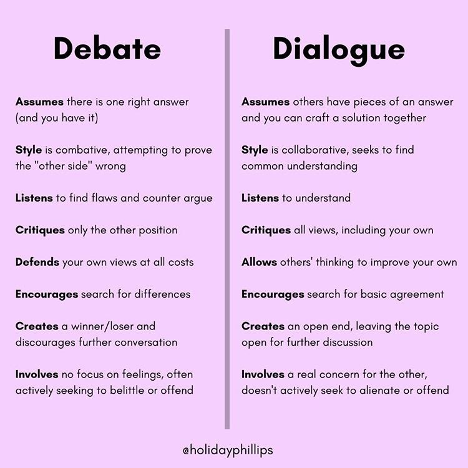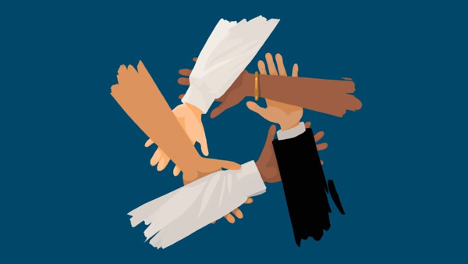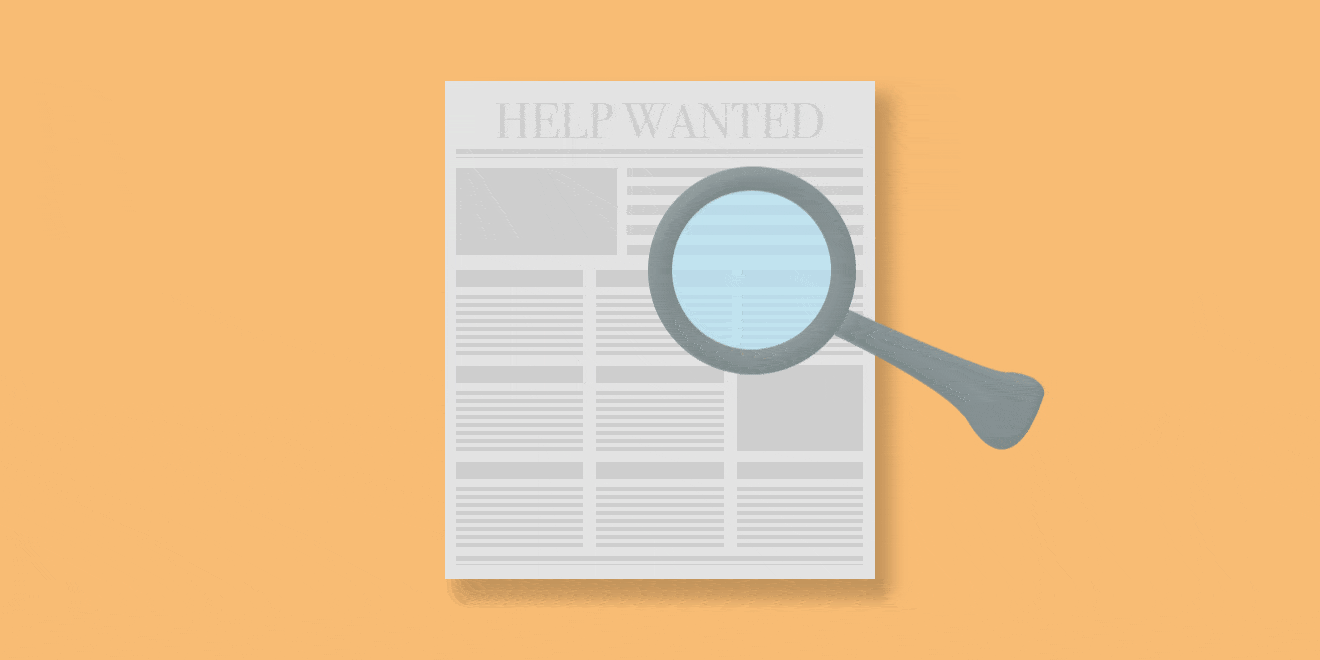By: Michael Tamsuriyamit ‘23
According to the Centers for Disease Control and Prevention (CDC), approximately 1-in-4 adults in the United States live with a disability.
Despite this statistic, many people choose to keep conversations about their disability to themselves. When it comes to work, opening up about one’s disability can be extremely rewarding, yet daunting at the same time. In fact, sometimes it’s so daunting that people choose not to go public about their disabilities in fear of being treated differently by their colleagues.
Below are just some things to consider for those who are thinking about disclosing their disabilities at work:
The American Disabilities Act: What It is and its Importance

The Americans with Disabilities Act (ADA) is a monumental piece of legislation that champions for people with disabilities. In a nutshell, the federal law protects them from discrimination while participating in everyday activities. In the world of work, the ADA ensures employees with disabilities are guaranteed equal employment opportunities, including work accommodations if necessary.
Under the ADA, a person with a disability is someone who:
- Has either a physical or mental impairment that significantly impacts their daily activities
- Has a documented history of physical or mental impairments, or
- Is observed by others to be dealing with an impairment
To learn more about the ADA and how it can specifically protect those with disabilities, check out the following link: Introduction to the Americans with Disabilities Act
To learn more about possible disabilities covered under the ADA and the potential work accommodations you could receive, check out the following link: A to Z of Disabilities and Accommodations
IMPORTANT NOTE:
When talking about disabilities, the terms “physical” and “mental” are often conflated with “visible” and “invisible,” respectively. It should be noted, however, that not all physical disabilities are visible and not all mental disabilities are invisible. For example, congestive heart failure, which is a physical condition, is considered an invisible disability but not a mental one. For the purposes of this resource guide, disabilities will be referred to as either “visible” or “invisible” in order to promote a more inclusive conversation about people with disabilities.
Disclosing a Disability at Work: The Whom, What, When, Where and Why

One of the most important questions that a person with a disability may ask themselves is: should I disclose my disability to my employer?
In hindsight, there is no right or wrong answer to this question. Everyone who is protected under the ADA lives their own unique experience as a person with a disability, and it is up to them to decide whether or not disclosing information about their disability will benefit them.
If you are contemplating disclosing a disability at work, consider the 5 W’s:
1) WHOM should you disclose information regarding a disability to?
According to the U.S. Department of Labor’s Office of Disability Employment Policy, you should disclose your disability on a “need-to-know” basis. In other words, you don’t need to disclose anything about your disability if it doesn’t affect your ability to work.
If you need work accommodations, however, consider informing your company’s/organization’s human resources department, since they are the ones in charge of managing work personnel. You may also want to inform others such as your coworkers or maybe even your boss.
Ultimately, this decision is entirely up to you and how comfortable you are in telling certain people about your disability.
2) WHAT should I disclose as a person with a disability?
Similar to the previous question, what you end up disclosing about your disability is also entirely up to you. In general, consider giving the following information:
- Identify yourself as a person with a disability (NOTE: you may need to give proof of medical documentation if requested later on)
- Give a brief background on the disability itself
- Describe which of your daily work tasks are impacted by your disability
- Politely Request work accommodations (if needed) and describe how they will help you complete your affected tasks
3) WHEN should I disclose information about my disability?
There is no “right time” to disclose information about a disability. However, depending on the type of disability (i.e. visible or invisible) you have, certain times to disclose would make more sense than others.
If you have a visible disability, being transparent with your company/organization about your disability right from the start will ensure that you will have the resources necessary to access your workplace comfortably. For example, if you walk with a cane, see if your company can provide an elevator for you to use instead of taking the stairs to your office every day.
On the other hand, if you have an invisible disability, it may not be as visible to job recruiters, but may ultimately affect the way you work. If this is the case, you should consider disclosing information about your disability before or when you start to see it potentially affect your life and productivity at work.
4) WHERE/HOW should I disclose information about my disability?
Although having a conversation with your employer is always an option when you have work-related concerns, including your disabilities, it may be best to first draft an email to them.
Drafting an email allows you to have a written record of your conversation about your disability. It indicates you are willing to go on the record about your condition. With the email, you can also offer to meet with them in-person, if they would like to follow up and discuss your situation in more detail.
5) WHY should I go on the record about my disability?
There are many reasons you may want to go on the record about your disability. Some reasons could include:
- You may receive reasonable work accommodations because of your disclosure
- If you do receive work accommodations, certain work tasks may become easier for you to do
- Your disclosure can help clarify an unusual changes in terms of your work quality and productivity
- Your disclosure can also possibly enhance the relationship between you and your employer because you were being fully transparent with them
For additional information and resources regarding how to support those working with a disability, check out the following links:
- CUNY Office of Career Planning and Professional Development: Disclosing Disability in the Workplace
- The Muse: 5 Steps to Disclosing an Invisible Disability at Work
- The Balance Careers: Should You Disclose Your Disability During a Job Search?
- Indeed: When and How To Tell Your Employer About a Disability
- CUNY: CUNY LEADS (academic and career program for students with disabilities)
—
Interested in writing a blog for the Career Development blog? It’s open to Macaulay students and alums. If you would like to contribute or have any questions, feel free to email gianina.chrisman@mhc.cuny.edu.
























